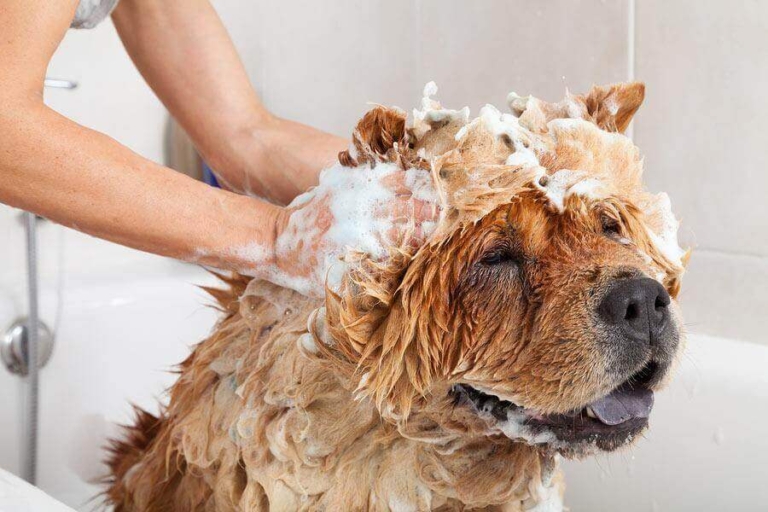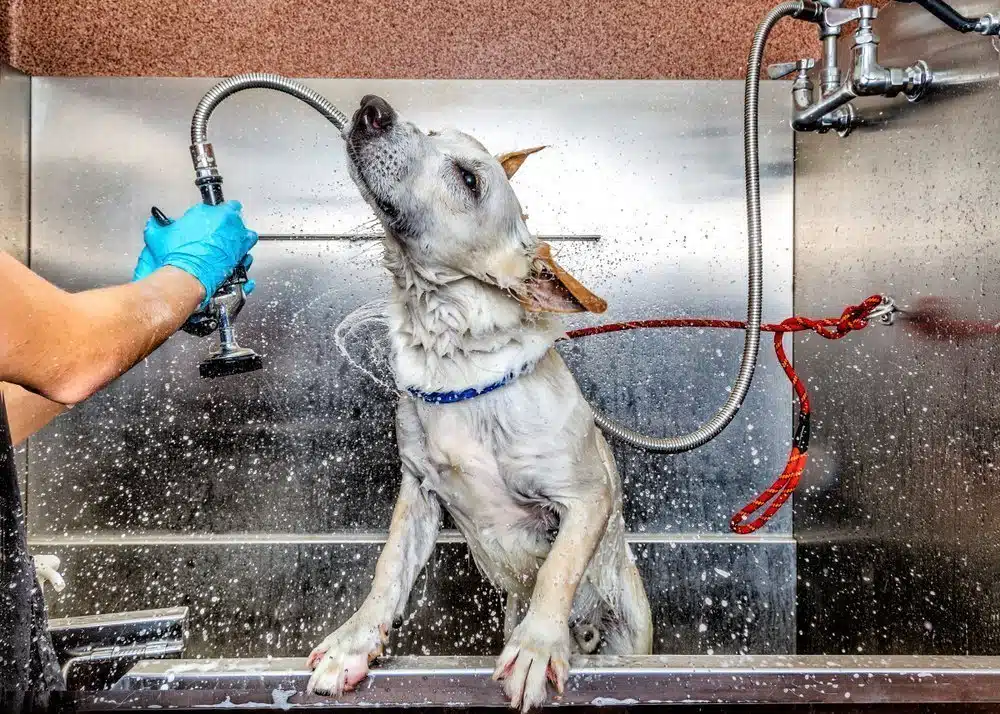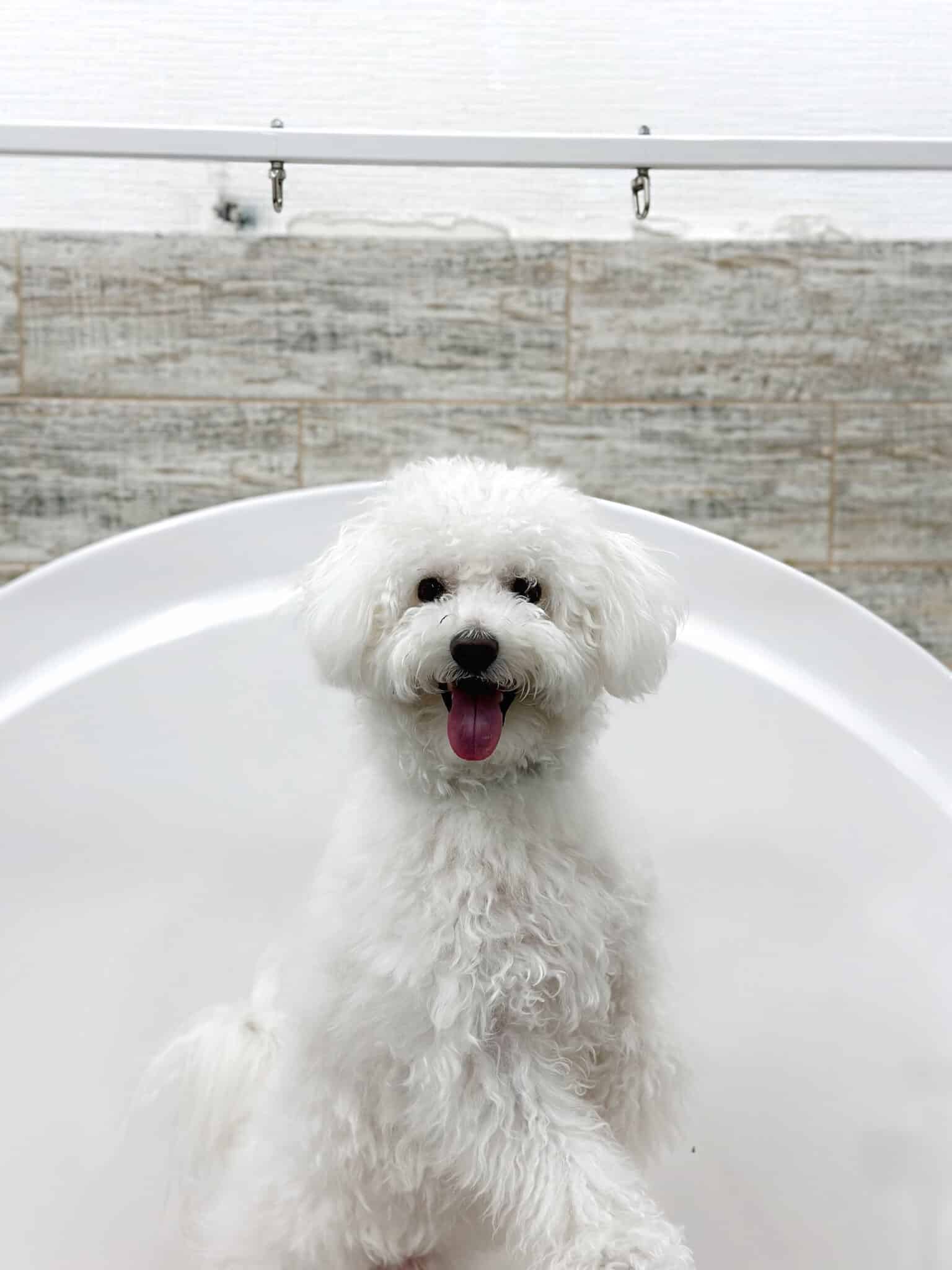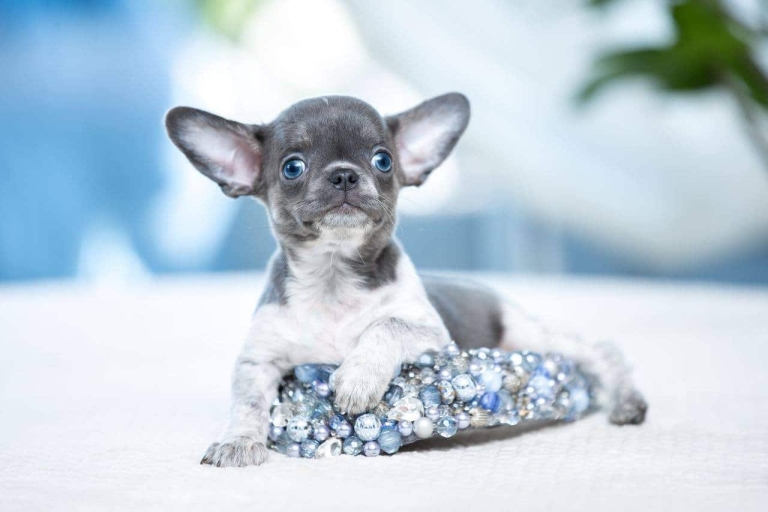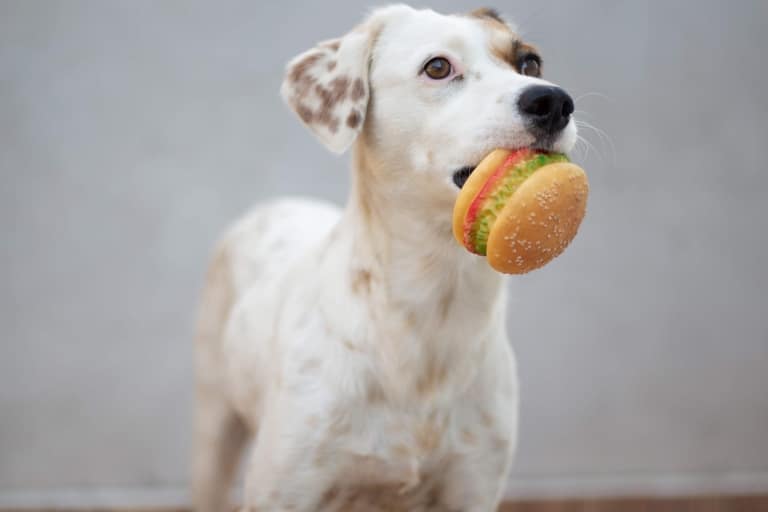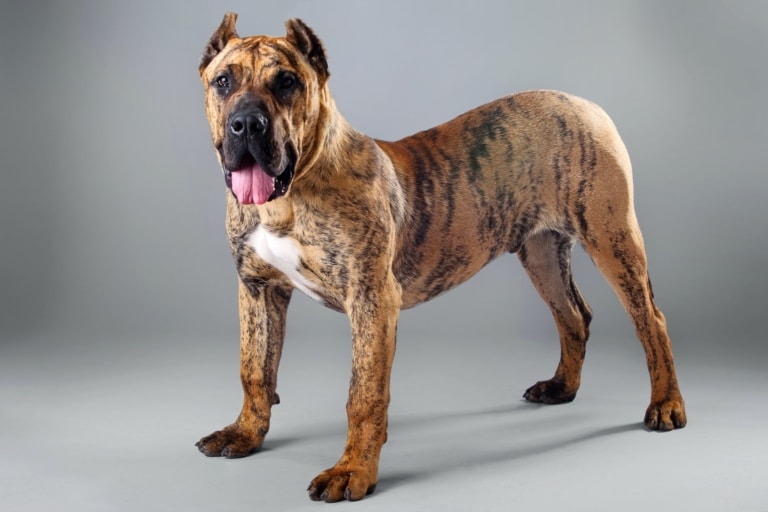Features of the undercoat
How often can I bathe a dog with an undercoat? How often can you wash a dog with an undercoat? These questions are often asked by our customers. We answer in detail and to the point:
The undercoat is a dense layer of soft hair under the main coat that acts as insulation and skin protection. Many breeds have it: Huskies, Spitz, Labradors, Sheepdogs, Chow Chows and others. And it is this dense layer that makes bathing potentially dangerous if the rules are not followed. Unlike short-haired or holo-haired dogs, here water penetrates deeply and dries very slowly. If the coat and undercoat are not completely dried, wet microflora – fungi, bacteria, dermatitis – begins to develop. This becomes the cause of bad odor, itching and even serious skin lesions. Therefore, the key advice is not frequency, but correctness.
Optimal frequency of bathing dogs: rarely, but qualitatively
Bathing dogs with undercoat does not need to be frequent. In most cases, one bath in 1-3 months is enough, if the animal is not physically soiled. The natural fatty layer on the skin serves as a natural barrier against external irritants, and regular washing of it disturbs the microbiome, making the skin vulnerable. The exception is professional grooming procedures before shearing or during shedding, when groomers help to get rid of excess undercoat by bathing and combing. But even in such cases, everything should be done according to a special scheme with the use of appropriate products.
Proper drying means healthy skin
The most important moment after bathing is drying. And a towel will not do here. It is necessary to use a professional hair dryer with a strong air flow, which separates the coat and dries each layer separately. Hot air is harmful, so the temperature should be medium, but the power should be high. In grooming salons use blasts – special dryers that clean and dry the coat at the same time. At home, such an effect is difficult to achieve, so it is often better to entrust the process to professionals. Undried hair is the main cause of skin problems in dogs with thick undercoat. After a quality drying process, the coat should be completely dry throughout, not just on top. And it is this that is the main safeguard against “breakage” and dermatitis.
Which breeds require special care: examples and peculiarities of care
Dogs with a dense undercoat have very different coat textures, which directly affects their reaction to dog bathing. For example, Alaskan Malamutes and Siberian Huskies have a double dense coat layer that literally traps moisture inside. If these dogs are simply washed and not dried properly, even in the summer, they can get skin inflammation. It is better to wash them not more often than once in 2-3 months, and necessarily – with professional drying. Spitzes have a finer undercoat, but it is very fluffy and easily collapses into tangles after bathing if it is not combed out immediately after drying. Frequent washing without greening leads to chaotic coat growth and loss of shape. The Chow Chow is another breed that has a very thick and dense undercoat with dry skin. Frequent bathing breaks down its protective barrier and the dog becomes itchy or flaky. Australian Shepherds or Bernese Sennenhunds have a softer undercoat, but the length of the coat makes drying even more difficult – especially around the belly, paws and behind the ears. A “greenhouse” often forms there if grooming is done carelessly. Labradors have an undercoat, although it doesn’t look as fluffy. Their skin is prone to seborrhea, and if you wash your dog too often or don’t finish drying them, oily dandruff, odor, and redness result.
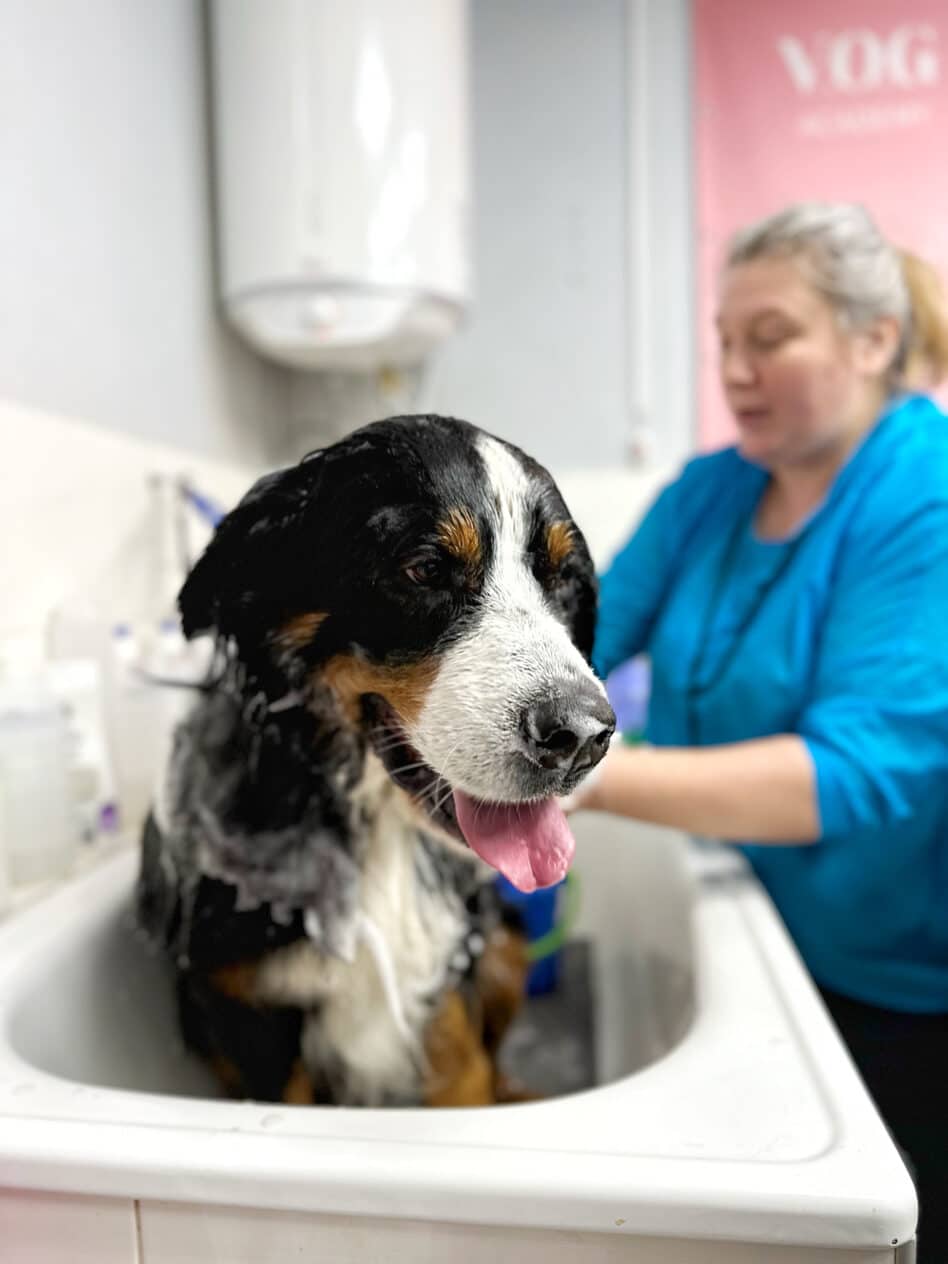
Each of these breeds requires an individualized approach. And the main thing is to understand that bathing is not “wash off the dirt”, but a whole process in which you need to take into account the anatomical and textural features of the coat. It is difficult to do this at home, so regular visits to a groomer are not a luxury, but a necessity.
Conclusion
Bathing dogs with undercoat is like working with a delicate fabric: it is worth only a little to violate the conditions, and the result is not the same. Frequent washing without proper drying is not refreshing, but on the contrary – creates problems. And the coat, which should have been lush and shiny, becomes heavy, sticky and dangerous to the skin. If you want your dog to look like it just came off the cover of a magazine, not like after a rainstorm, just come to us. We know how to make friends with blow-drying, undercoat and healthy skin. And our coats feel good to the touch instead of begging to be rescued.

